6 Tools For Providing A Solid Personalized Online Shopping Experience
70% of consumers now want more personalized shopping experiences.
Consumers prefer buying from ecommerce companies that understand their interests and buying behavior. Here’s a look at exactly what your customers want personalized:
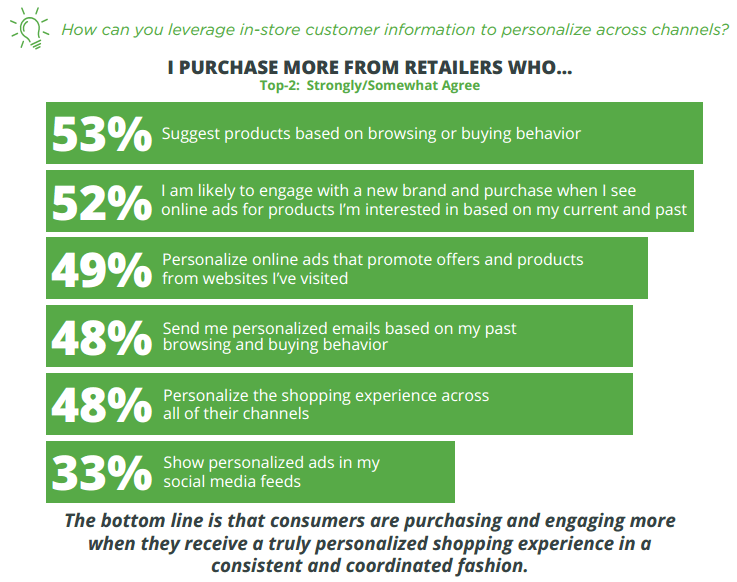
[content_upgrade]Exclusive Bonus: Get access to a list of the Conversion Tools (7 are FREE) that Top Online Retailers are using to turn their website visitors into paying customers!
[/content_upgrade]
So how can you provide a great personalized online shopping experience?
By using third party ecommerce platform integrations, you can provide a personalized shopping experience to satisfy your customers’ personalization demands. The first step is learning which integrations are available, and selecting the ones that work best for your store’s platform.
Here are 6 of the best options.
1. Bronto
Bronto is a highly sophisticated cloud-based commerce marketing automation platform. It’s been ranked the number one email marketing provider by Internet Retailer (source), and has several high profile clients.
It integrates well with ecommerce platforms like Magento, Demandware, and Marketlive to deliver perfectly personalized emails that act as shopping cart abandonment reminders, post-purchase email campaigns, and loyalty programs.
Nathan Decker (Director of ecommerce at Evo, an outdoor fashion apparel company), decided to focus on cart abandonment. After implementing Bronto, Evo managed to increase their revenue by 20% (source). Have a look at the cart abandonment email they send to consumers below:
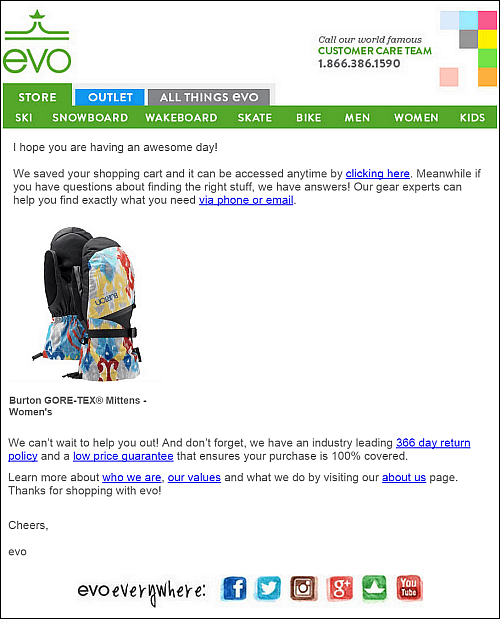
By personalizing the email to include each consumer’s shopping cart, consumers can log back in easily and complete their shopping. They also let consumers contact outdoor gear experts via phone or email to open the lines of communication. This is a perfect example of how to combine automated email personalization with great customer service.
Another tactic they use is sending ‘price drop’ emails to consumers based on their shopping history. This is great for generating extra revenue and developing customer retention. For instance, if a shopper bought mountaineering jackets in the past, Evo emails the shopper whenever there is a price drop on the same (or similar) item on their site. By including words like ‘We’re dropping the price on mountaineering jackets specially for you’ in the subject line, they get the attention of consumers immediately.
The highlight of Evo’s personalization strategy using Bronto is their post-purchase emails. They try to replicate the in-store shopping experience through customer service emails relevant to the purchase.
For instance, if a consumer buys ski boots, Evo sends an email series to the purchaser to help them learn about optimally using the product. This includes emails with videos on how to wear the boots, as well as cross-sell offers (like a pair of socks to go with the boots). The result has been unsurprisingly spectacular, with an increase in click through rates of 70% (source).
This customer testimonial from Dan Owens, Senior Marketing Manager at recreational products company Gander, brings out Bronto’s strength as an email marketing personalization tool.
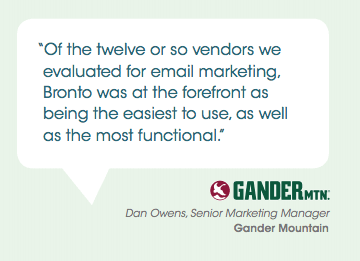
If you’re curious to know how much it costs to use Bronto, they offer a unique pricing option. Unlike other providers who charge you on a monthly basis, they charge users a lump sum of $995 a year for up to 60,000 emails sent and a maximum contact list size of 20,000 addresses (source). Schedule a live demo with them here to learn more about their platform
2. Towerdata
TowerData provides insightful and comprehensive data on consumer email addresses. By providing information on the demographic, household, purchase history, online interest, and activity of email subscribers, it allows you to better understand, segment, and target your customers for personalized campaigns.
Imagine how empowered your marketing team can be with this information! By being able to customize subject lines, offers, images, and calls to action in a way that appeals to the consumer, email marketers can boost their open rates, click through rates, and overall engagement.
Poler Stuff has gone from being a small business to a large outdoor products company bridging the gap between action sports and traditional outdoor activities entirely due to their success with Instagram marketing backed by TowerData insights.
Using a few niche hashtags like #campvibes, #adventuremobile, and #beneaththebrim, they were able to get the attention of travelers, boasting an average of 4000 likes per post and more than 100,000 followers (source). This naturally directed traffic to their site, helping them collect email addresses and get deeper insights using Tower Data on the age, gender, interests, and brand preferences of their consumers.
After having this deeper demographic information, companies like Poler who are driving traffic from off-site channels are able to segment their marketing efforts and show more personalized products and information to users. A basic example is a simple segmentation between male and female visitors who visit the site from a specific Instagram campaign.
You can get started by signing up using the TowerData personalization API right away, which allows you up to 1000 free email queries. Calculate the cost (beyond the free trial) of utilizing TowerData using this pricing tool. By entering the number of email addresses you want info on, and the information you’d like on them, you can get a price in seconds.
3. Monetate
Monetate is an integration that enables tailored customer experiences across all marketing channels, including web, email, and mobile.
MooseJaw, a mountaineering products ecommerce company, is the perfect example of having consistent marketing communication across all touchpoints. Dan Pingree, their VP of marketing, says it’s the key behind satisfying and retaining customers (source).
By sending customers personalized emails when their ‘loyalty points’ were about to expire, they drove a surge in sales by creating a sense of urgency. By collecting data on consumers, they were able to identify the right marketing channel opportunities, contributing to their success.
Another personalization MooseJaw uses Monetate for is to highlight the retailer’s address located closest to the consumer, which is determined using the consumer’s IP address when the email is opened (source). This can be extremely relevant communication for consumers looking to shop at nearby stores.
Get in touch with Monetate to learn about their pricing and how you can get started.
Want to improve your conversions?
[rad_rapidology_inline optin_id=optin_8]
4. New Relic
New Relic provides software analytics that help provide a better customer experience. It’s focus is more on the technical side of website/app performance, and provides actionable insights on real time user interaction like drop offs, errors, and crashes. Although, this is predominantly a tool built by developers, for developers, continually improving the technical aspects of your site to create a better and more personal online shopping experience absolutely influences conversions.
So if Cabela’s, an outdoor sports products ecommerce company, introduces a new product to their store for which there’s no positive customer response, New Relics would be quick to pick up any errors, page load times, or crashes that may have caused it. Think of it as a technical ‘troubleshooting’ tool that helps in cleaning up technical glitches which hamper a smooth user experience.
New Relic’s pricing starts at $149 per month, with both monthly and annual plans available. You can get started with a 14-day trial.
5. Hotjar
Hotjar is an all in one analytics and feedback tool. Using heatmaps, recordings, funnels, forms, polls, and surveys, it facilitates a deeper understanding of your consumer’s buying intentions.
It also allows you to personalize the online shopping experience by facilitating conversations with customers before they abandon your site, restructure your site layout based on visitor’s objections, and align webpage copy to the same words used by your visitors. This allows you to connect with visitors in the language they use and understand.
Upon installing Hotjar, you’ll immediately see how your users are interacting with your site. Here’s what their heatmaps and recordings look like.
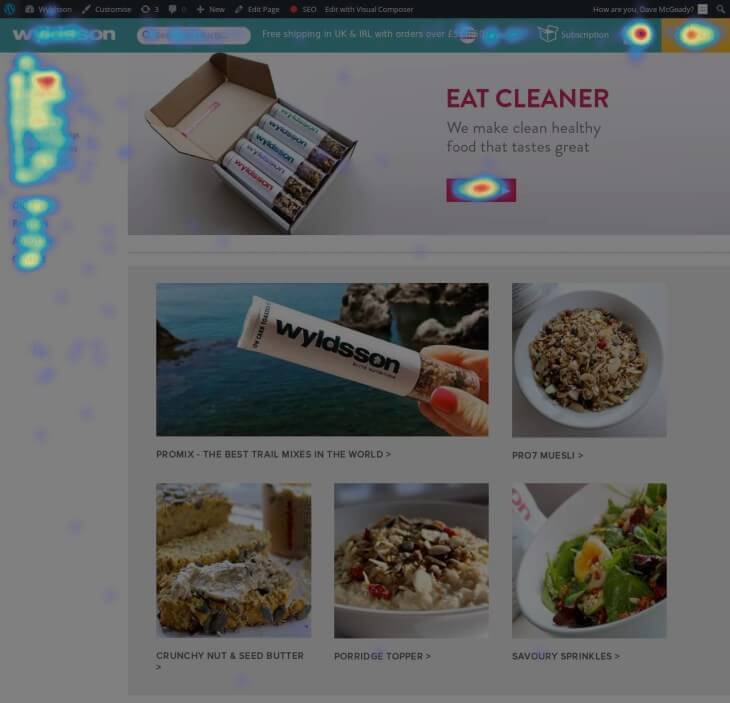
Using the above Heatmap, an ecommerce company by the name of Wyldsson was able to understand that some users were having trouble creating accounts, while some were facing an issue with accessing the site via Internet Explorer. With a few simple error-fixes, they were able to improve sales by 30% (source). These lessons are transferable to any ecommerce company, and it’s important to use such tools to always be on top of your game.
HotJjar offers basic, pro, and business plans to their customers. The basic version is free (includes a sample size of 2000 page views), while the pro and business versions cost $29 and $89 per month, respectively. They also offer a 30 day money back guarantee. You can try it for free here.
6. Optimizely
Optimizely is a customer experience optimization platform, allowing you to quickly iterate your website experience based on your visitor’s location and onsite behavior. For example, it can adapt your website interface to show jackets and insulated coats to visitors from cold weather locations, and t-shirts and shorts to visitors from warm weather locations.
The Clymb, one of the largest outdoor adventure daily deals providers, increased their sales by 12% using Optimizely (source). Using the information provided in the 360 degree view (see below image to understand what a 360 degree view includes), they were able to personalize the shopping cart checkout view, targeting customers with an interest in Oakley products.
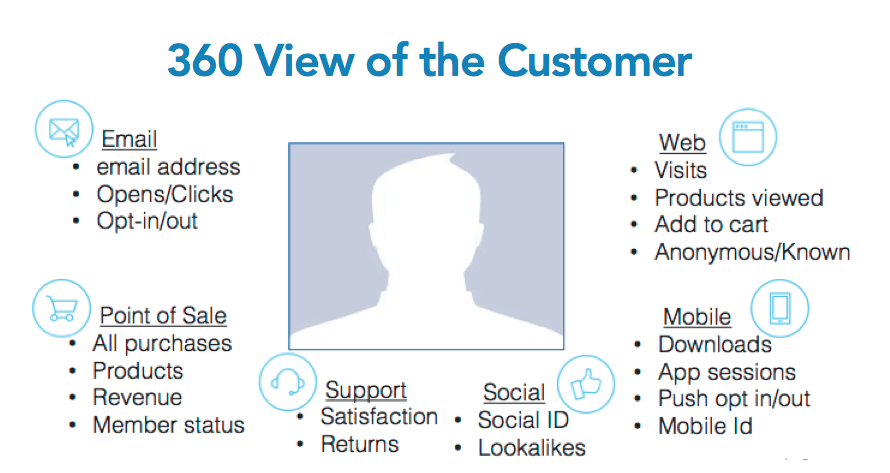
Users with no interest in Oakley products were shown standard daily deals, as in the image below:
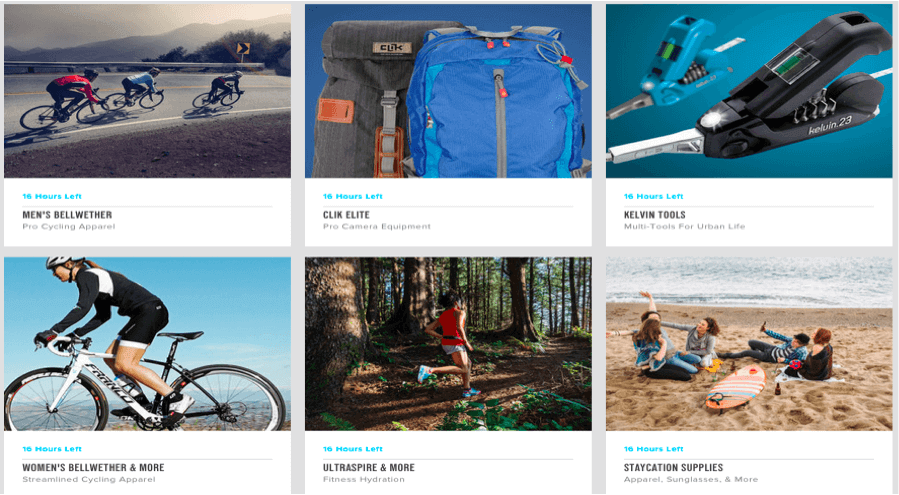
On the other hand, users with an interest in Oakley products were shown relevant and personalized deals through both web and social channels, which led to a 12% rise in sales. The key point here is to display personalized offerings at the right time to increase sales.
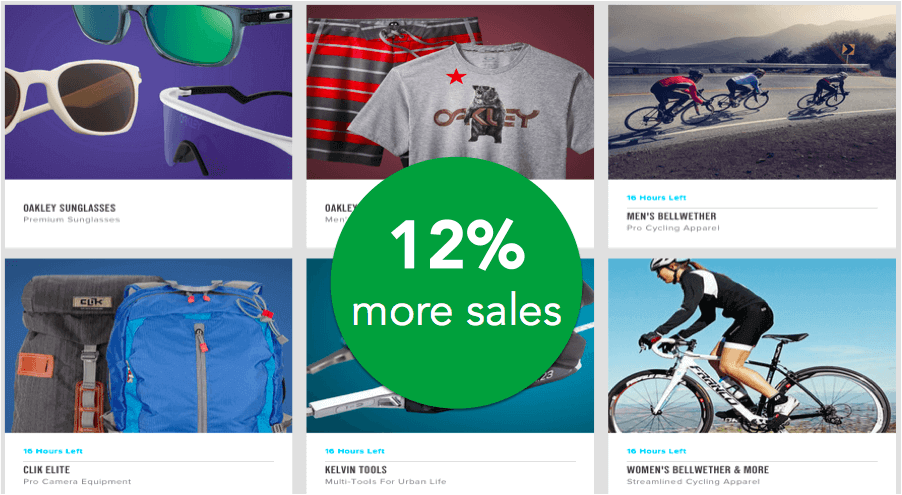
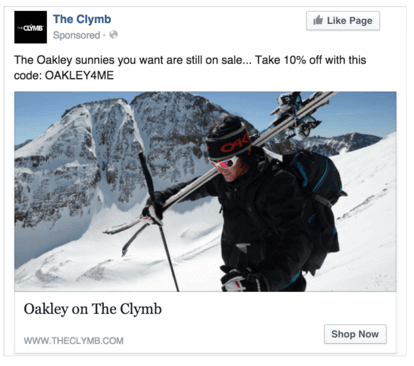
They also utilize Optimizely to present offers to dormant customers returning to the website. Have a look below at what such an offer looks like.
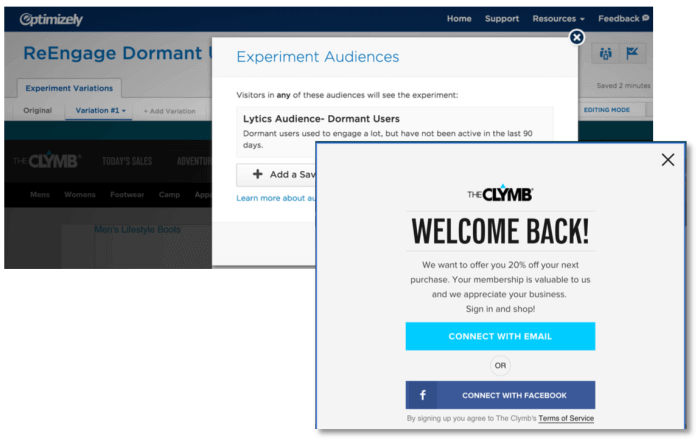
By delivering personalized messaging and measuring the outcome, they drastically improved conversions.
Getting started is easy, and starts with familiarizing yourself with their blog and community forums. Their personalization pricing plans are tailored to meet individual client needs, so it’s best to speak with one of their sales staff to know more.
Key Takeaway For You
It’s clear personalization can change the way your business interacts with consumers, which has major positive consequences for your sales and conversion rates. With more than 45% of marketers seeing technology integration as a high priority (source), you’ve got to jump on the bandwagon of using these integrations to provide a solid personalized shopping experience and remain competitive in your industry.
[rad_rapidology_inline optin_id=optin_8]






